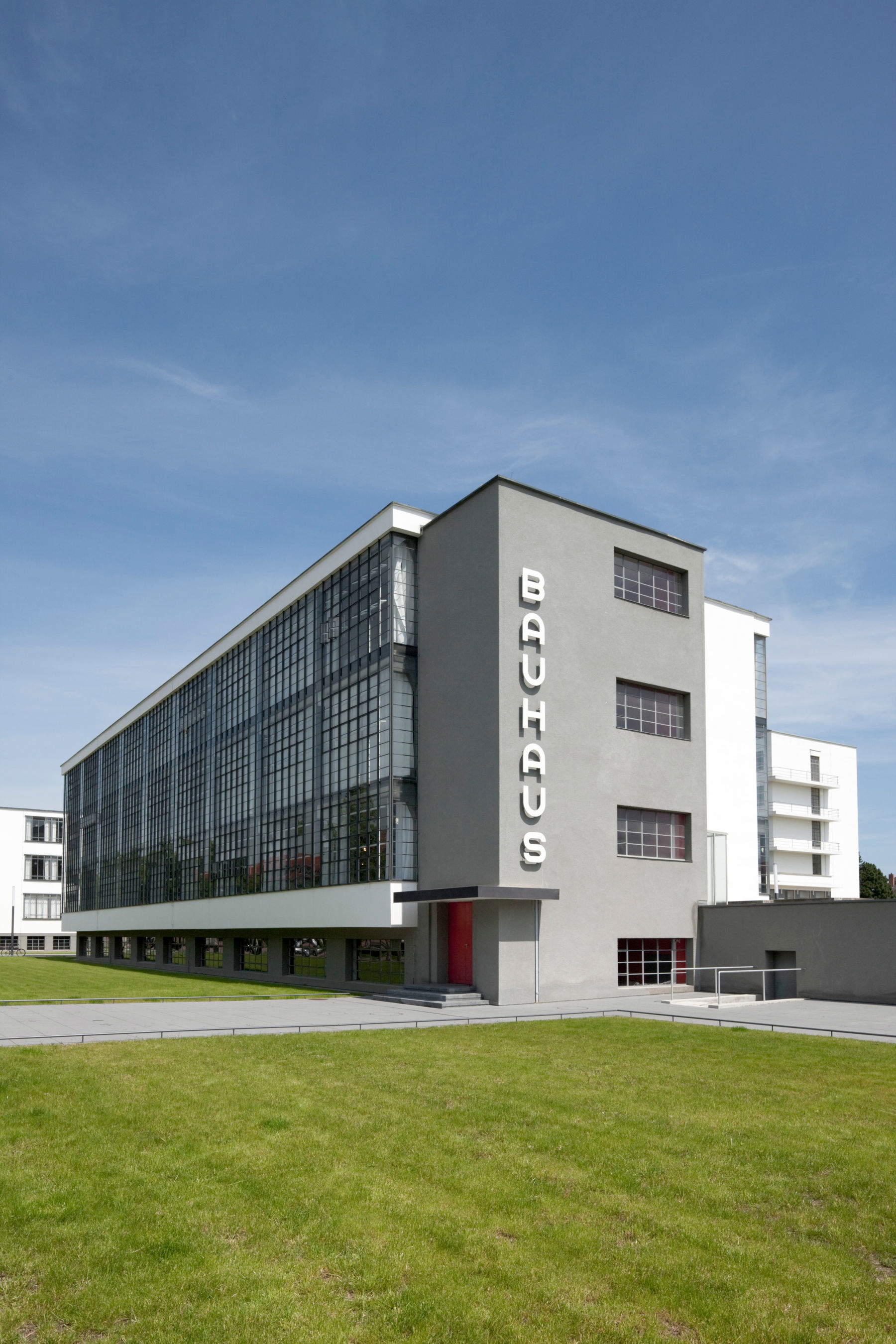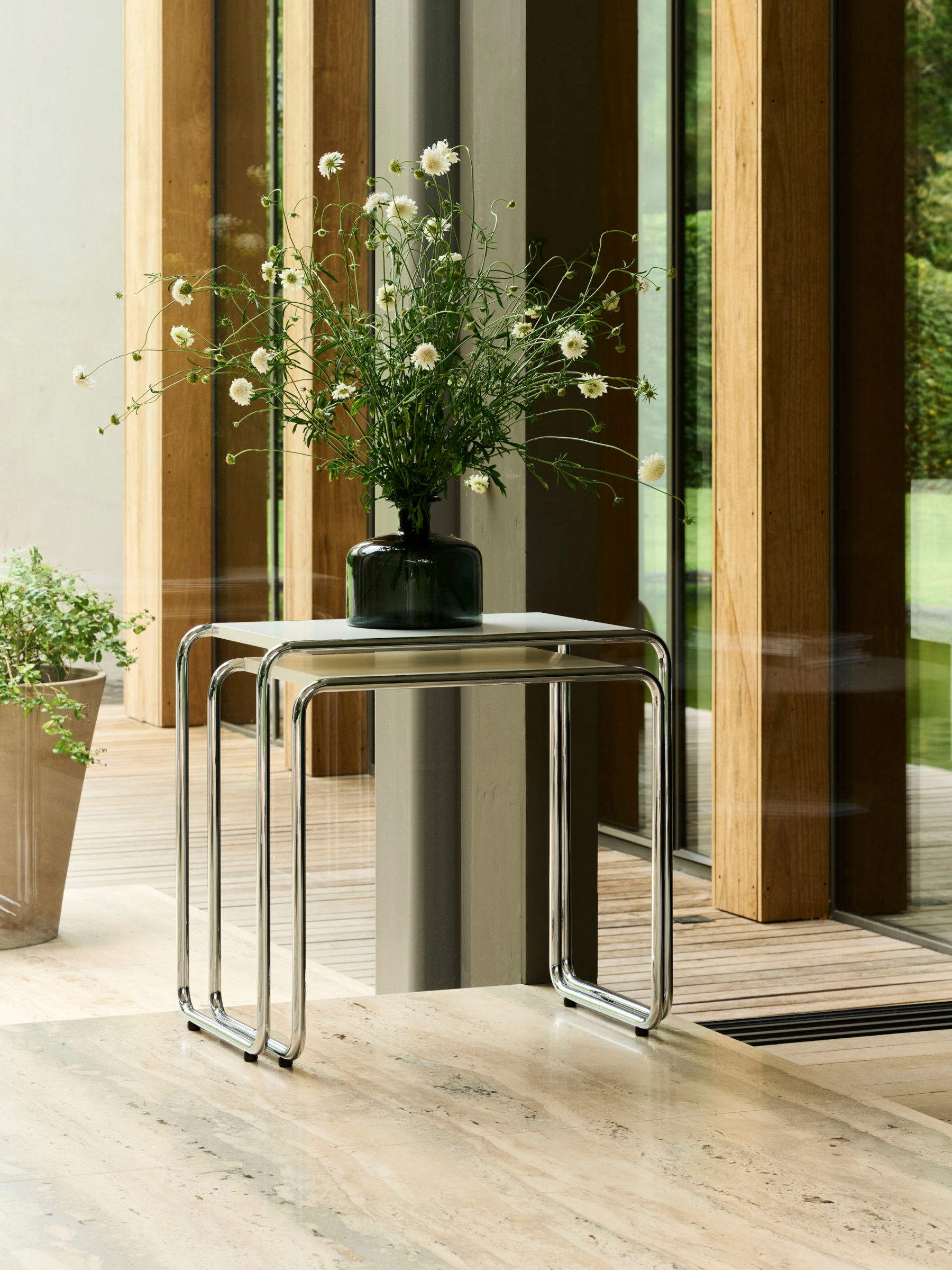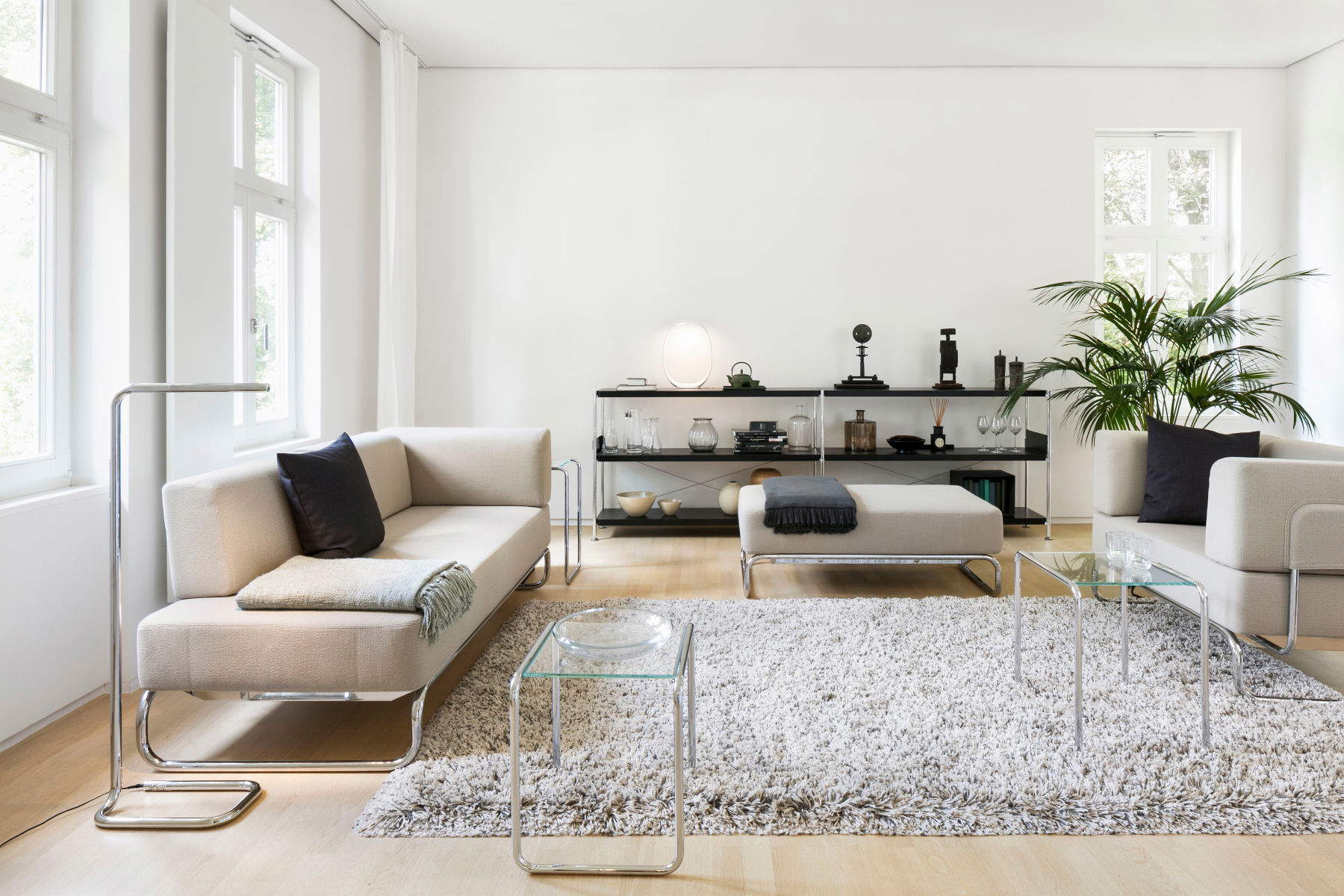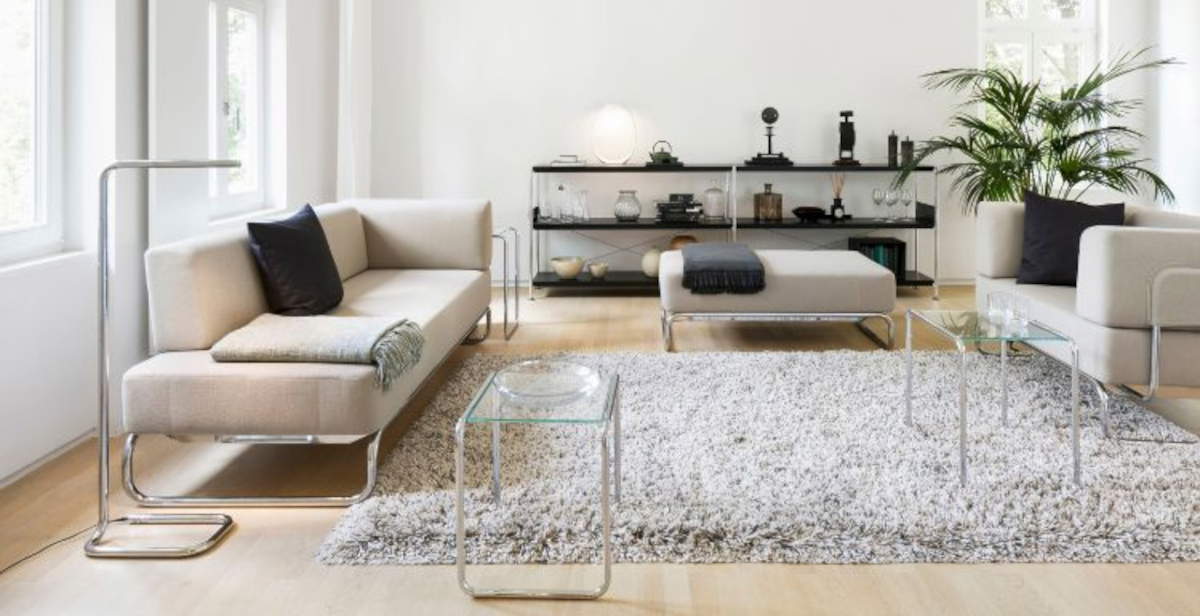In 1925 the Bauhaus left Weimar, Germany, to settle in Dessau , Germany. In September 2025, the Bauhaus Dessau Foundation will celebrate the centenary of the location with an extensive program of exhibitions, events, and lectures united under the title To the core, dedicated to modern and contemporary materials. The occasion puts the role of steel in defining twentieth-century design back at the center, underscoring how an insight born between the school’s aircraft workshops and laboratories produced a legacy that is still alive.
Indeed, with the 1925 move, a crucial phase of the school began that would profoundly affect the history of 20th-century architecture and design. In those years figures such as Marcel Breuer and Mart Stam, who collaborated as teachers and designers, began to experiment with the possibilities of an unusual material for furniture: tubular steel. Until then confined to the transportation industry or to functional furniture intended for hospitals, bent and shaped steel entered domestic and collective spaces for the first time, transforming the very concept of living. The first model born from that experimentation was the B9H stool, designed by Breuer for the canteen of the new Bauhaus building designed by Walter Gropius. From there the B9 table set, still part of the Thonet catalog today, took shape. Their stripped-down structure, made of a continuous tubular steel frame and a compact top, freed the space from clutter and visual obstructions. A feature that made those pieces of furniture functional and at the same time consistent with the language of modern architecture.


As early as the 1920s, in fact, the Bauhaus was in dialogue with other avant-garde movements such as De Stijl, which were influencing the urban planning and architecture of German cities. The building in Dessau, now a UNESCO heritage site along with the masters’ houses, represented a manifesto of that new aesthetic. But the real laboratory for steel furniture was Junkers Flugzeugwerke, the aviation division of Junkers GmbH. Here Breuer worked with a skilled mechanic and experimented with the first tubular furniture forms. Legend has it that the inspiration came from the handlebars of his bicycle: from an everyday object to the conception of a continuous line that could be transformed into a chair, table or desk. In 1927 the Die Wohnung exhibition in Stuttgart, organized by the Deutscher Werkbund, brought the new steel furniture to the general public within the Weissenhof district. On that occasion, designers such as Eileen Gray, Charlotte Perriand, Le Corbusier, Gerrit Rietveld, Erich Mendelsohn, Hans Luckhardt, and Alvar Aalto appeared alongside Breuer. The promise was that of a new lightness: furniture that was less monumental than solid wood, open, airy, and capable of redefining the relationship between space, body, and gaze.
In 1929 Thonet published its first catalog devoted to steel furniture. The company, which had already revolutionized nineteenth-century production with curved wood, saw in metal lines a continuity of research and an opportunity to expand its offerings. The previous year it had acquired Breuer’s Standard Möbel, and in 1930 it created a specific department for steel at its Frankenberg plant. Alongside the B9 series, the S32/S64 cantilever, other Breuer creations, and models derived from designs by Mart Stam and Ludwig Mies van der Rohe entered production. Variants such as the upholstered S411, the B97 table set, and the B285 writing desk also emerged between the 1920s and 1930s. In the 1930s Thonet became the world’s leading steel furniture manufacturer. The parabola came to an abrupt halt with the rise of the Nazi regime and World War II, only to resume in the late 1960s, when tubular steel once again came to the forefront of international design.

Today Thonet continues to produce Bauhaus classics alongside contemporary reinterpretations. Designer Jil Sander has revisited models such as the S64 chair and B97 table with the JS.Thonet collection, offering them in matte nickel silver or polished titanium finishes. Raised in postwar Germany, Sander has conveyed in her furniture the same essentiality that Bauhaus had placed at the center of its language. The dialogue between past and present continues with Frank Rettenbacher’s S243, which combines tubular steel legs of different thicknesses with shaped wooden elements, resulting in a minimal, accessible chair designed to blend into domestic and collective settings.
Behind the productions, the philosophy that has made the company famous since the 19th century remains constant: combining craftsmanship and technology, aesthetics and functionality, with a focus on durability and efficient use of resources. Already Michael Thonet, with the first bentwood chairs, had shown how it was possible to combine innovative form and sustainability. Thonet furniture, designed to last generations, can still be restored at the Frankenberg factory today. The centenary of the Bauhaus in Dessau is thus an opportunity to reflect on how a school of thought and a material changed the way space was conceived.
 |
| From Bauhaus to Thonet: exactly one hundred years of tubular steel design |
Warning: the translation into English of the original Italian article was created using automatic tools. We undertake to review all articles, but we do not guarantee the total absence of inaccuracies in the translation due to the program. You can find the original by clicking on the ITA button. If you find any mistake,please contact us.